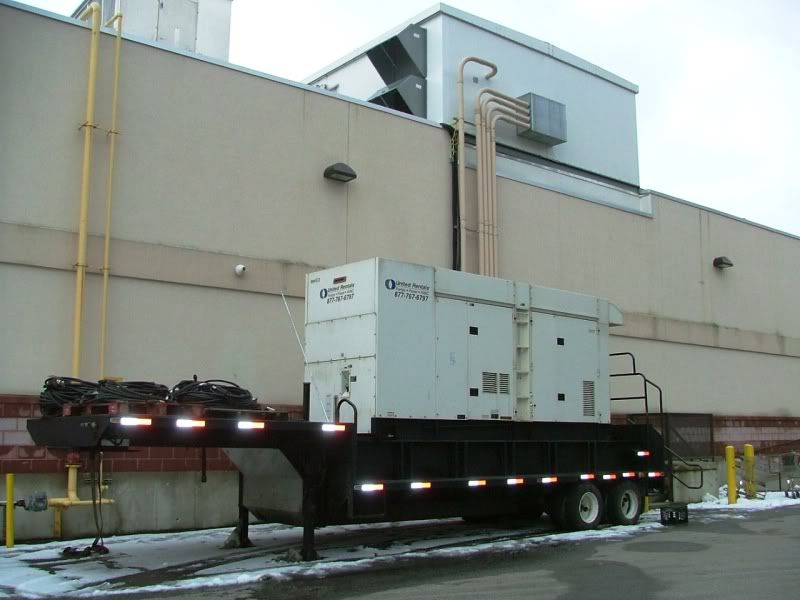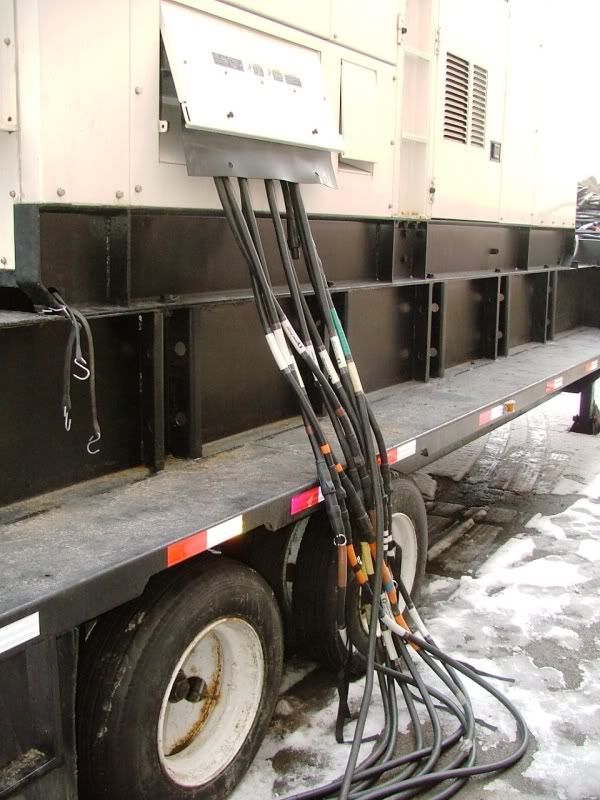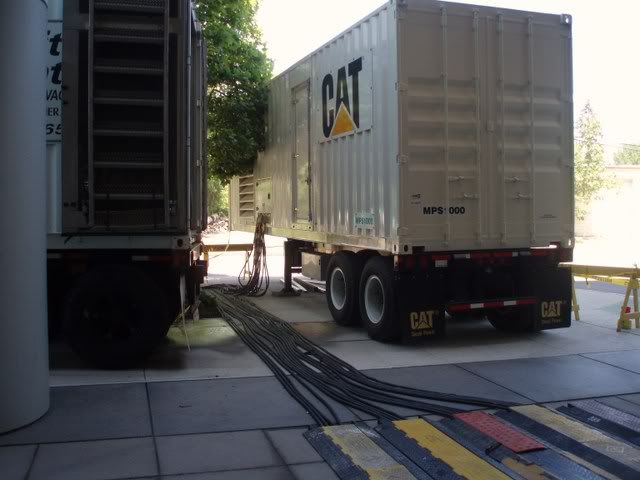weressl
Esteemed Member
Couple of questions. The equipment is a 200HP (skid mounted) compressor that will be installed routinely as a temporary supply for about one week duration and 6-8 weeks intervals. The compressor is 480V/3phase.
From the engineering standpoint I would want a 3/c+G single flex cable, but the manufacturer insists that single conductors are fine. I am not going into the list of problems of what unbundled single conductors can cause, but would like to know if the Code says it either way, namely that the individual conductors of a three phase circuit should be routed together in close proximity of each other. When it is routed in a conduit, raceway or common cable it is obviously not a problem. When routed as parallel feeders the A-B-C's of each circuit part should be bundled together, not A-A, B-B etc. and be equal length and routed on the same path. In the cable tray instructions the talk about single conductors side-by-side and triplexed, but is there a general paragraph addressing this issue about 3 phase circuits?
From the engineering standpoint I would want a 3/c+G single flex cable, but the manufacturer insists that single conductors are fine. I am not going into the list of problems of what unbundled single conductors can cause, but would like to know if the Code says it either way, namely that the individual conductors of a three phase circuit should be routed together in close proximity of each other. When it is routed in a conduit, raceway or common cable it is obviously not a problem. When routed as parallel feeders the A-B-C's of each circuit part should be bundled together, not A-A, B-B etc. and be equal length and routed on the same path. In the cable tray instructions the talk about single conductors side-by-side and triplexed, but is there a general paragraph addressing this issue about 3 phase circuits?





